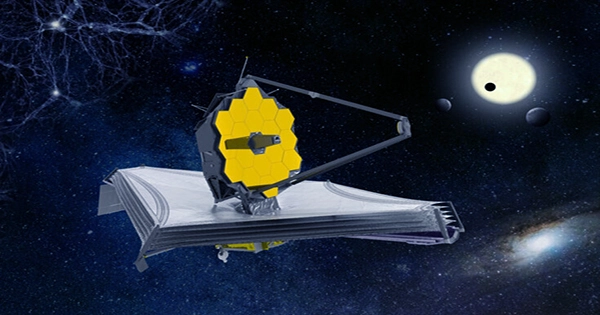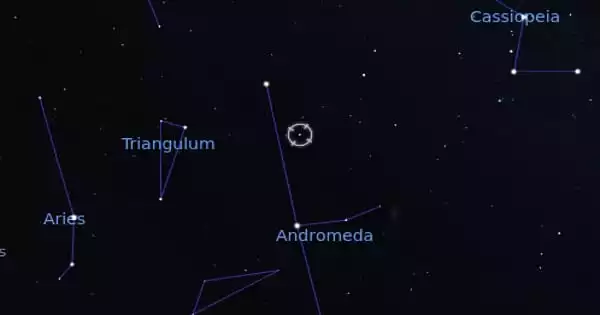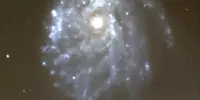According to NASA’s science administrator Thomas Zurbuchen, the James Webb Space Telescope is “completely deployed,” which is certainly cause for celebration after decades of hard work and a ten-billion-dollar price tag. However, the gigantic space observatory isn’t quite out of the woods. It will undoubtedly encounter plenty of space debris as it spins around the Sun in a chaotic orbit, and an impact, according to its team, is almost certain.
During a livestream over the weekend, NASA Goddard Space Flight Center scientist Michelle Thaller warned, “Some tiny impacts from micrometeorites will happen.” “You know, there will be some damage to the telescope mirrors during the course of the trip.” Although the telescope is susceptible, the team believes it will be able to withstand some damage.
During the webcast, Julie Van Campen, a NASA engineer, said, “Let’s imagine a piece of debris strikes it.” “And then we had an incident where a mirror was broken.” She emphasized that there is “not much” in terms of protection. “You get exactly what you see.” However, if a micrometeor ripped a tear in the telescope’s protective sunshield, there would be at least four more layers to keep the shield together, according to Van Campen. She went on to say, “It was part of our lifetime calculations.”
However, because there is no means to service the observatory in person, things could get hairy for the JWST staff on the ground. Unlike NASA’s Hubble Space Telescope, which was visited five times by the agency’s Space Shuttle between 1993 and 2009 for maintenance and upgrades. However, there was one significant difference: Hubble was in a far more crowded orbit in low-Earth orbit. The JWST will orbit the Sun at L2 (Lagrange Point 2), a much further distance from the Earth that permits it to establish a straight line with the Sun.
During the stream, Thaller said, “It’s actually a pretty beautiful place to be,” adding that it’s a “cleaner environment when it comes to space trash.” Engineers, thankfully, have planned ahead and included some more redundancies. The mirrors of the telescope, for example, are built to withstand some damage without causing the telescope’s scientific work to come to a halt.
The JWST has an ambitious objective of lasting at least ten years, a number that is mostly constrained by the amount of fuel required to keep the telescope in orbit and run its equipment. For the time being, the pressure is off. The unfolding of the telescope, a grueling operation involving hundreds of phases, was a great accomplishment for engineers. However, even when extra safeguards are taken, space debris and meteorites will always be a concern.
















